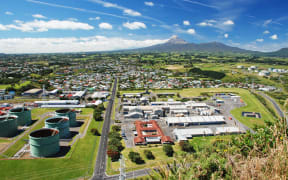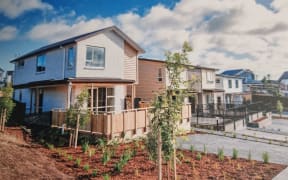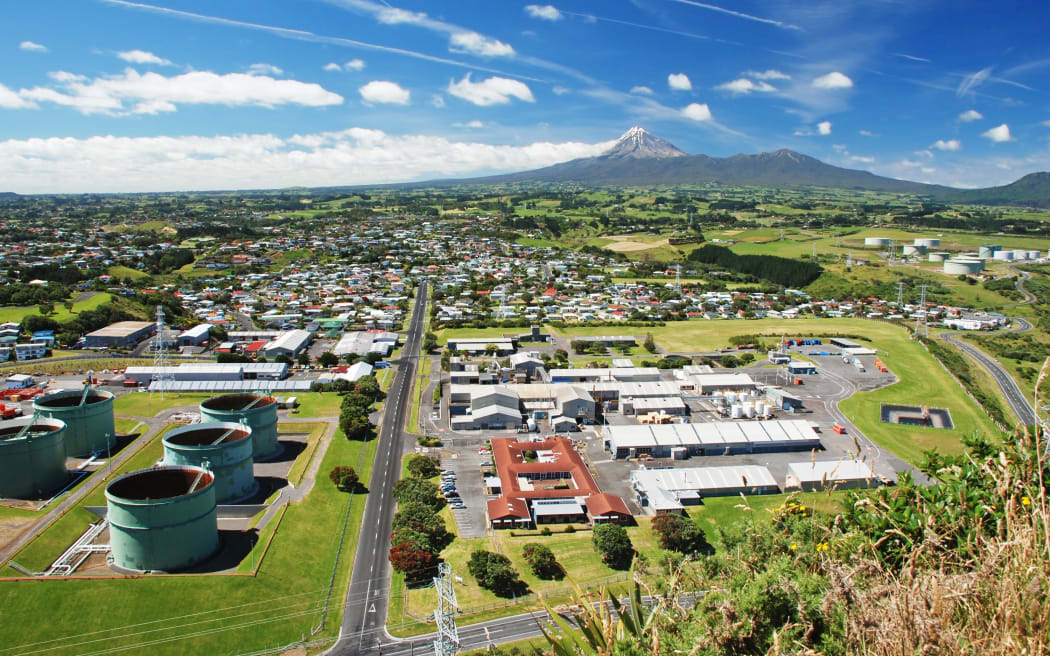
New Plymouth already has a good amount of industrial and commercial land available, the draft strategy notes. Photo: povalec/123RF
New Plymouth has adopted a draft Future Growth Strategy favouring balancing intensification with greenfield development to cater for a predicted population growth from 80,000 to 110,000 by 2054.
On average the district will need to build an additional 368 houses per year over the next 30 years to meet that growth.
"We need a variety of housing to cater for both smaller single-person and couple only households and larger households requiring intergenerational living arrangements," the draft strategy said.
"Affordable, healthy long-term rental options and the need to increase the proportion of accessible housing for disabled people, lower cost accommodation and social housing are also important."
To achieve that goal, the draft strategy would allow for significant intensification in the city centre, city fringe and local centres.
The New Plymouth District Council considered the strategy, which has been developed with the Taranaki Regional Council, at an extraordinary meeting on Tuesday afternoon.
The requirement to develop such a plan was introduced by the previous government.
The council consulted with iwi via Ngā Kaitiaki Roopū, developers and infrastructure providers while preparing the draft which looks to take a "balanced approach" to providing for an extra 30,000 people.
The draft strategy noted that New Plymouth already had a good amount of industrial and commercial land available and that there was a desire to halt the loss of valuable agricultural land to suburban sprawl.
Council officers looked at three scenarios: an urban intensification focus, a greenfields focus and a balanced focus, with the latter getting finding most favour.
A balanced focus would allow for a "more intensive housing concentrated in and around the city centre, town centres, local centres, and key transport routes and amenities, and infill development throughout the district", and some "greenfield residential development on undeveloped residential land and new residential communities on the fringes of existing urban environment", the draft strategy said.
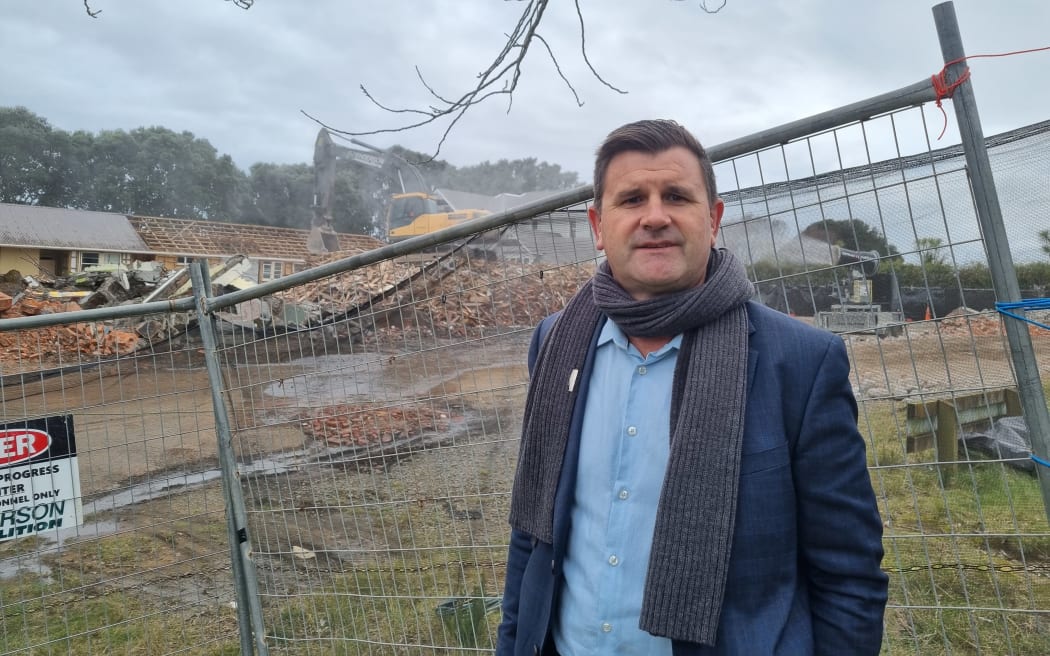
New Plymouth mayor Neil Holdom. Photo: RNZ / Robin Martin
Mayor Neil Holdom said the balanced approach reflected that the central areas of New Plymouth, Waitara, and Inglewood already had the infrastructure, the sewer mains, the water connections and the roads, but that some people still wanted to live in a house and section.
"If it was purely about cheapening the infrastructure we'd just say everything in town and just go up, but we want to encourage people to go up in town but we want to allow people to also develop on the fringes."
Holdom said that council would like central government to share some of the windfall it got from development.
"The issue is that we are probably spending $90,000 to $100,000 a lot where we are leading the infrastructure on these developments.
"So, we'll debt fund that. So, we'll borrow that money and we'll back as those sections come on line through rates at sort of a few thousand dollars a year.
"The government, from a new build around here, a section and a house is probably around a million dollars, all the taxes and income they get through everybody involved in that build probably totals between $250,000 to $300,000 per lot.
"So, they're getting cash and we're actually borrowing money and getting liabilities and the model is broken and they know it."
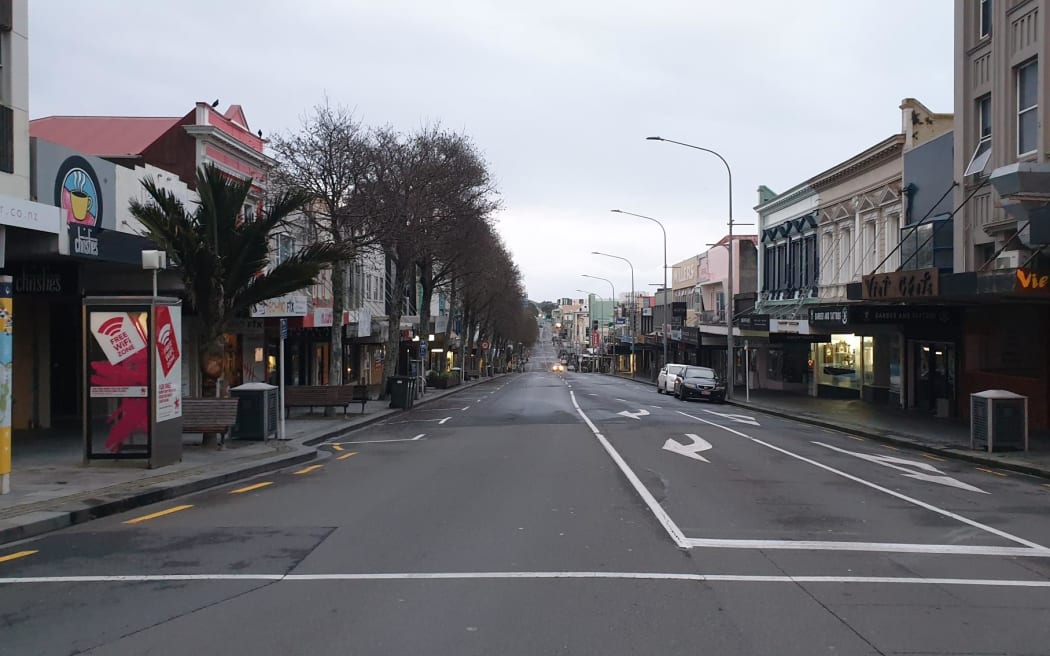
File pic Photo: RNZ/Robin martin
If the draft strategy was approved, a City Centre Zone in New Plymouth would allow developments with a maximum height of 30m and studio apartments of 30sqm or 1 bedroom apartments of 45sqm.
A Mixed Use Living Zone on the city fringe, would allow for developments of up to 16m high with studio apartments of 30sqm or 1 bedroom apartments of 45sqm.
A Medium Density Residential Zone, encompassing the more developed neighbourhoods of New Plymouth, Inglewood, Waitara and Ōakura, would allow for a maximum height of 11m and three units per site.
In the short term, the draft strategy called for growth through infill development in medium density residential zones and general residential zones, while medium term it envisaged more housing in the Carrington Road area of Upper Vogeltown, Patterson Road in the Hurworth area and Puketapu area of Bell Block.
Undeveloped land in New Plymouth, Waitara and Inglewood was also earmarked for medium term development.
Long-term Smart Rd in the Glen Avon, Hillsborough area, Frankley Rd, Ōakura and Waitara East were in consideration.
Consultation on the draft Future Development Strategy opens on 6 March and closes on 8 April, followed by hearings and deliberations.
